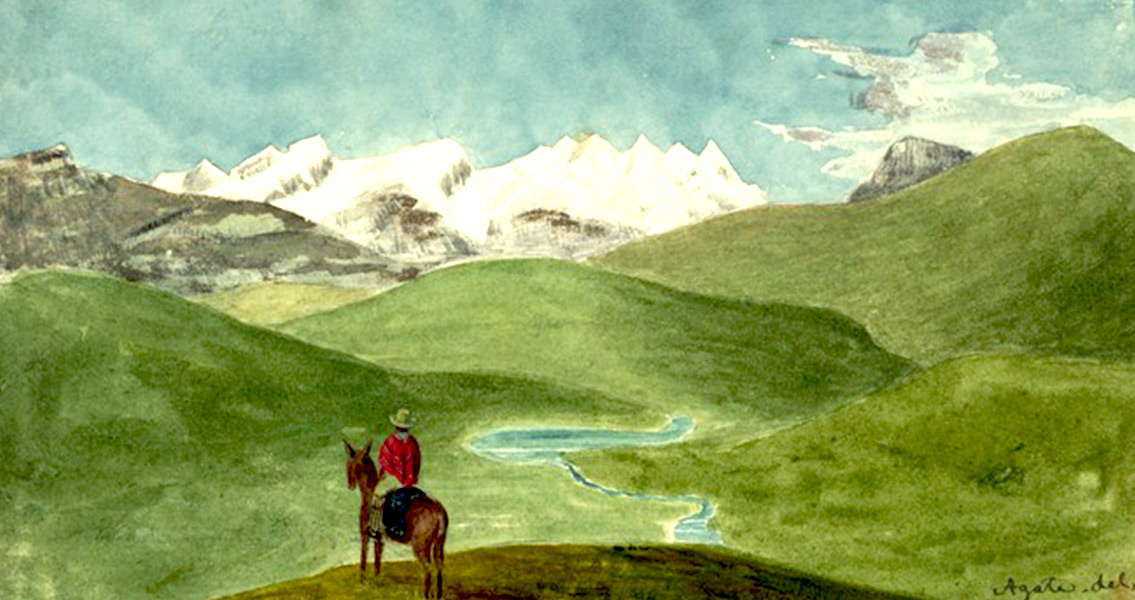<![CDATA[A team of archaeologists investigating the Peruvian Andes has discovered possibly the highest Ice-age-settlement in the world. The tool-cluttered campsite reaches up to 14,700 feet above sea level. The scientists reported that in spite of the dangerously thin and cold air, ancient people had made themselves accustomed to the dizzying heights, beginning around 12,400 years ago. That was just 2,000 years after humans arrived in South America for the first time. The findings shed fresh light on how fast inhabitants in the New World adjusted themselves to such intense height, to a location where oxygen in the atmosphere is just 60 percent of what is found at sea level. In such an atmosphere, height sickness can be lethal. Researchers had long assumed that such threatening highland regions were one of the last places that ancient humans settled. Kurt Rademaker is an archaeologist from the University of Maine who is currently working at the University of T|bingen in Germany. He found the campsite in a location known as the Pucuncho Basin, in the southern Peruvian Andes. Rademaker's field team uncovered the remains of the principal campsite at a height of 4,355 meters (14,300 feet), along with an associated rock shelter in close proximity at a height of 4,480 meters (14,700 feet) named Cuncaicha. The explorers said that the campsites are about 1,000 yards higher and 1,000 years older than any other recognized high-altitude location. These days people reside at even higher altitudes. A Peruvian gold-mining town called La Rinconada is probably the highest inhabited region in the entire world. La Rinconada is some 3 miles above sea level. Wenquan city of China is only 300 feet lower than La Rinconada. The scientists dated the Ice Age campsite by using accelerator mass spectrum analysis of animal bones. The researchers said that the people who settled in the campsite had mined rock outcrops of jasper and obsidian to produce tools, which they used to protect themselves from winds off of nearby glaciers. Evidence suggests the inhabitants wore necklaces of bone beads and quartz crystals. They ornamented their stony alcoves with drawings in red yellowish-brown of wild animals. Dr. Rademaker described it as kind of wonderful that they had painted the key animals of their lives- camelids, vicuqa and wild deer- over the entirety of their walls.]]>
Highest Known Ice Age Human Settlement Uncovered in Peruvian Andes
